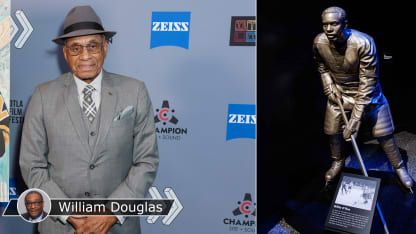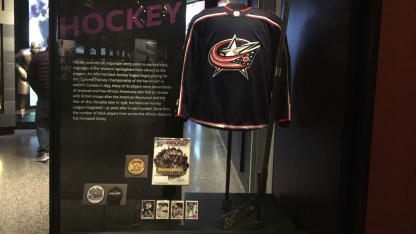Leonsis contacted Earl Stafford, a Capitals part-owner who is a member of the museum's council, in the summer of 2019 and asked why.
"And my thinking was, 'Well, there aren't many Blacks (in hockey), and we don't have much to do with it,'" said Stafford, who is among the few Black men and women in NHL team ownership ranks. "During that call, Ted gave me an education of the impact, influence and involvement of Blacks in this game and how inclusive it can be."
That led to conversations with Lonnie L. Bunch III, director of the Smithsonian Institution, who was then the National Museum of African American History and Culture's director. Bunch committed to adding hockey to the gallery, Stafford said.
"What I'm most happy about is that the millions and millions of tourists and students and young people who come to visit the Smithsonian Museum will now see the NHL represented in the sports gallery and the first exemplar of that would be Willie O'Ree," said Leonsis, who has since joined Stafford on the museum's 30-member council.







